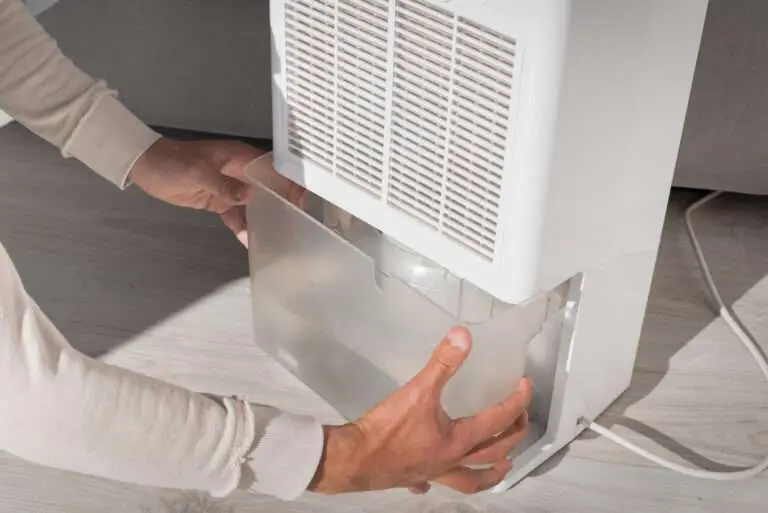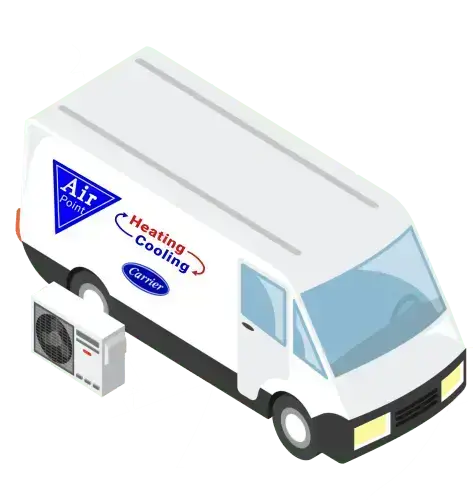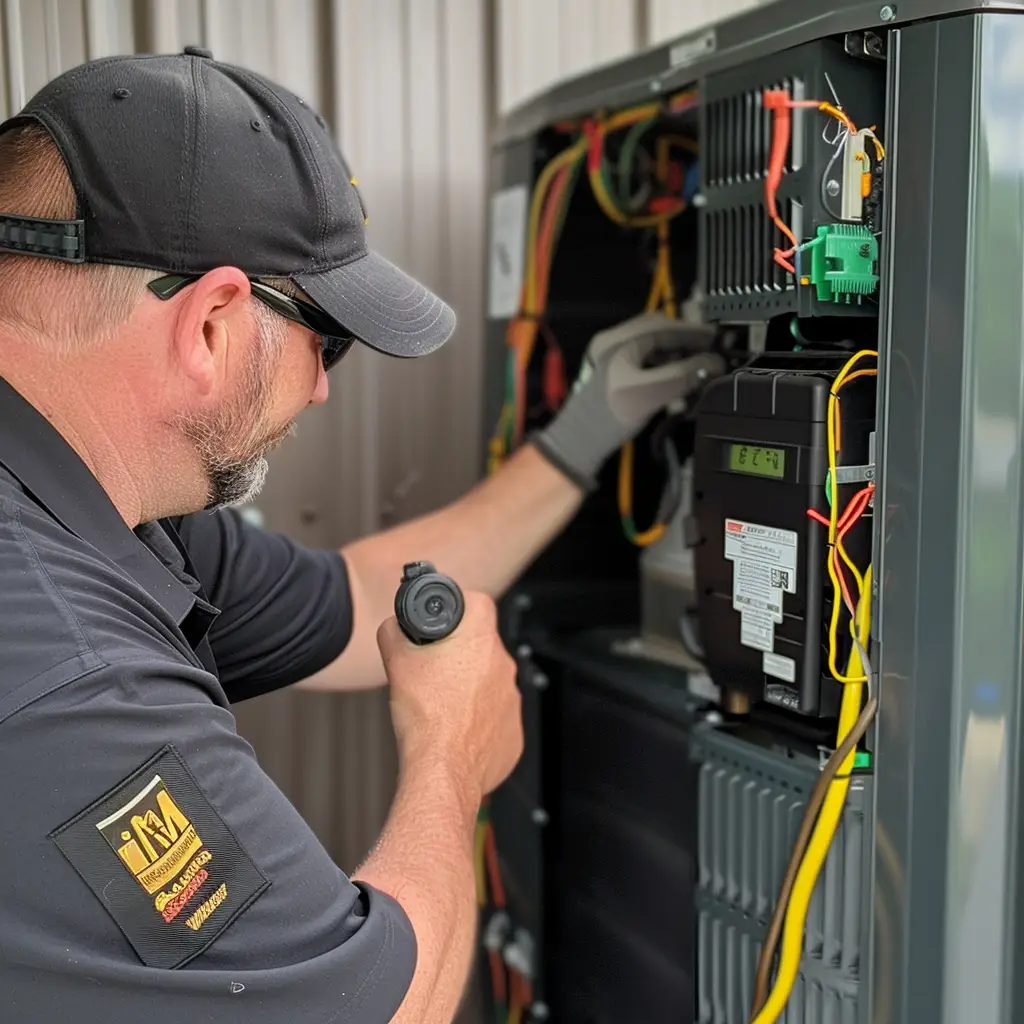There’s no denying it: Moist, sticky air in your home can be very uncomfortable.
If your dehumidifier is not collecting water, it can be a frustrating and potentially costly problem. There are several possible reasons why a dehumidifier might not be collecting water.
Here are several steps you can take to troubleshoot and fix the issue.
1. Clogged or dirty air filter
A clogged or dirty air filter in a dehumidifier can cause it to not collect water because it can block the flow of air through the device. This can prevent the dehumidifier from effectively removing moisture from the air, which is necessary for it to function properly.
How To Clean or replace the air filter:
- Locate the air filter in your dehumidifier. This is usually located in the front or on the side of the unit, and may be behind a removable panel or grille.
- Remove the air filter from the dehumidifier. This will usually involve pressing a release button or removing a clip or screws that hold the filter in place.
- Clean the air filter with a vacuum or by rinsing it with water (if it is washable). If the filter is extremely dirty or clogged, it may need to be replaced.
- Reinstall the clean or new air filter in the dehumidifier. Make sure it is properly seated and secured in place.
- Turn the dehumidifier back on and test it to see if it is collecting water properly. If it is still not functioning correctly, you may need to check for other issues, such as a malfunctioning compressor or low refrigerant levels.
2. Full or clogged water tank
How To check If The Dehumidifier Water Tank Is Clogged
- Locate the water tank in your dehumidifier. This is usually located on the back or bottom of the unit, and may be transparent or have a water level indicator.
- Check the water level in the tank. If the tank is full, it should be close to the maximum fill line. If the water level is significantly lower than this, the tank may be clogged.
- Check for any visible obstructions in the tank. If you see any debris or foreign objects in the tank, they may be causing the clog.
How To Fix A Clogged Dehumidifier Water Tank
- Empty the water tank and remove any visible debris or foreign objects.
- Clean the water tank thoroughly with a mild detergent and water. Use a soft brush or cloth to scrub the inside of the tank and remove any dirt or grime.
- Rinse the water tank thoroughly with clean water and dry it completely before reattaching it to the dehumidifier.
- Turn the dehumidifier back on and test it to see if it is collecting water properly. If it is still not functioning correctly, you may need to check for other issues, such as a malfunctioning compressor or low refrigerant levels.
It is important to regularly clean and maintain the water tank in your dehumidifier to ensure that it is working efficiently and effectively. This will also help to extend the life of the device.
3. Frozen Evaporator Coil
How to check if the evaporator coil in a dehumidifier is frozen
- Locate the evaporator coil in your dehumidifier. This is usually located inside the unit, behind the air filter or in the back.
- Inspect the evaporator coil for signs of frost or ice. If you see a thick layer of frost or ice on the coil, it is likely that it is frozen.
- Check the air flow around the evaporator coil. If the air flow is restricted or blocked, this can cause the evaporator coil to freeze.
How to fix a frozen evaporator coil in a dehumidifier
- Turn off the dehumidifier and unplug it from the wall outlet.
- Allow the evaporator coil to thaw completely. This can take several hours, depending on the amount of ice and frost on the coil.
- Clean the evaporator coil and surrounding areas with a soft brush or cloth. Remove any dirt or debris that may be blocking the air flow.
- Check the air filter and clean or replace it if it is dirty or clogged. A dirty air filter can block the flow of air and cause the evaporator coil to freeze.
- Check the refrigerant levels in the dehumidifier. If the refrigerant levels are low, this can cause the evaporator coil to freeze.
- Plug the dehumidifier back in and turn it on. Test it to see if it is functioning properly and collecting water. If it is still not working correctly, you may need to seek the help of a professional appliance repair service.
If you are still unsure how to replace the frozen coil, check out this video below from Jack Of All Trades for a step-by-step guide:
4. Leaking hose or water tank
How check if a dehumidifier hose or water tank is leaking
- Locate the hose and water tank in your dehumidifier. The hose is usually located on the back or bottom of the unit, and the water tank is typically located near the front or side.
- Inspect the hose and water tank for any visible signs of damage or wear. Look for cracks, holes, or other imperfections that may be causing the leak.
- Check for any standing water or moisture around the dehumidifier. If you see water or moisture on the floor or on the outside of the unit, this could be a sign of a leak.
How to fix a leaking hose or water tank in a dehumidifier
- Turn off the dehumidifier and unplug it from the wall outlet.
- Locate the source of the leak. If the leak is coming from the hose, try tightening the hose connection or replacing the hose if it is damaged. If the leak is coming from the water tank, try tightening the tank connection or replacing the tank if it is damaged.
- Dry any standing water or moisture around the dehumidifier. Use a towel or mop to remove any water or moisture from the floor or outside of the unit.
- Plug the dehumidifier back in and turn it on. Test it to see if it is functioning properly and collecting water. If it is still not working correctly, you may need to seek the help of a professional appliance repair service.
5. Malfunctioning fan
How to check if the fan in a dehumidifier is malfunctioning
- Locate the fan in your dehumidifier. The fan is usually located inside the unit, and may be behind the air filter or in the back.
- Listen for any unusual noises or vibrations coming from the fan. If the fan is malfunctioning, it may make unusual noises or vibrate excessively.
- Observe the air flow through the dehumidifier. If the fan is not working properly, the air flow may be weak or non-existent.
How to fix a malfunctioning fan in a dehumidifier
- Turn off the dehumidifier and unplug it from the wall outlet.
- Check the fan blades for any visible damage or obstruction. If the blades are bent or broken, or if there is debris caught in the fan, this could be causing the malfunction.
- Clean the fan blades with a soft brush or cloth. Remove any dirt or debris that may be causing the malfunction.
- Check the fan motor for any visible damage or wear. If the motor is damaged or worn, it may need to be replaced.
- Plug the dehumidifier back in and turn it on. Test it to see if the fan is functioning properly and the air flow is strong. If the fan is still not working correctly, you may need to seek the help of a professional appliance repair service.
If you have tried these troubleshooting steps and your dehumidifier is still not collecting water, it may be a more serious issue that requires the assistance of a professional HVAC technician. Contact us today and we’ll diagnose the problem and provide the appropriate repairs.





